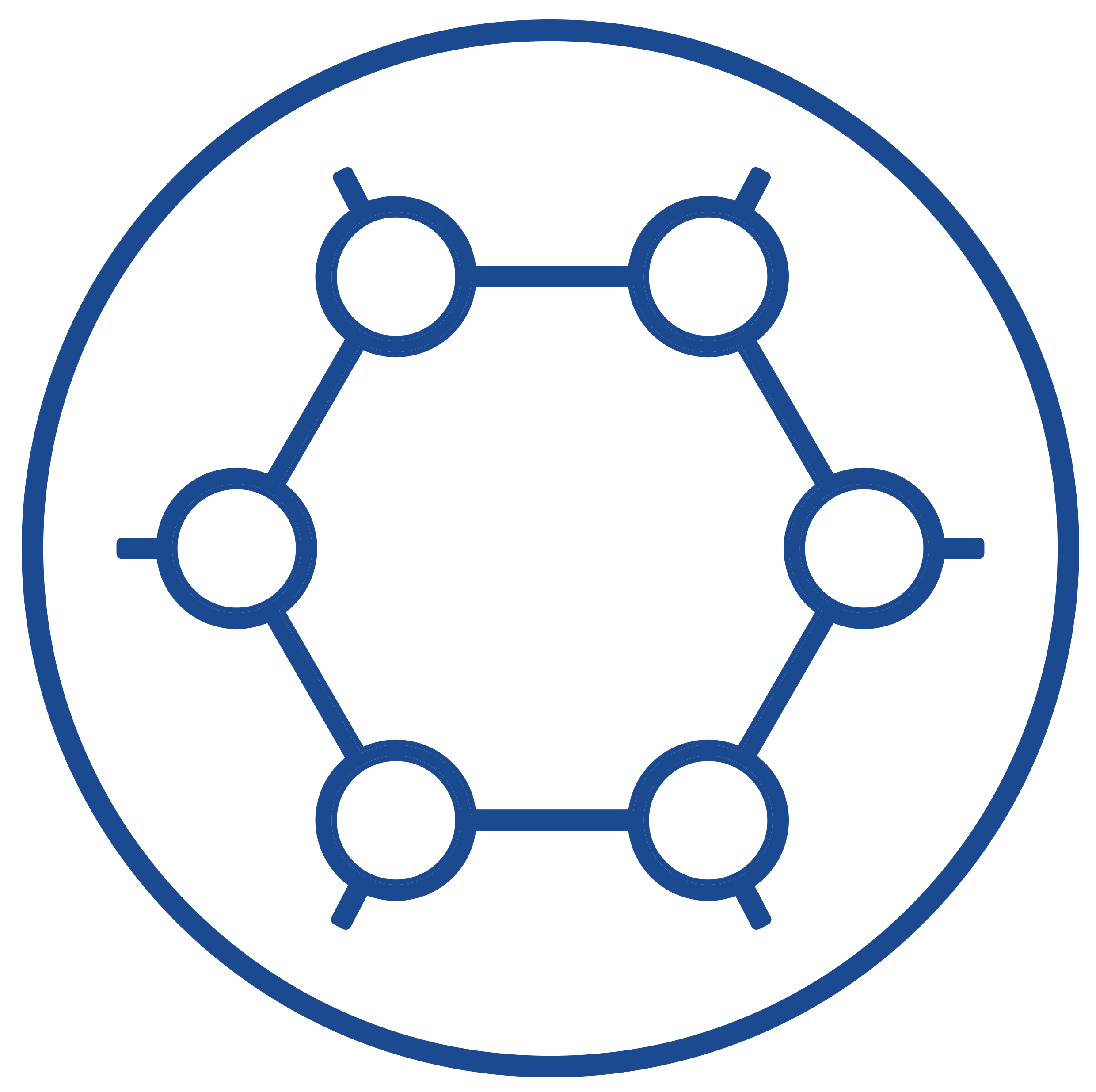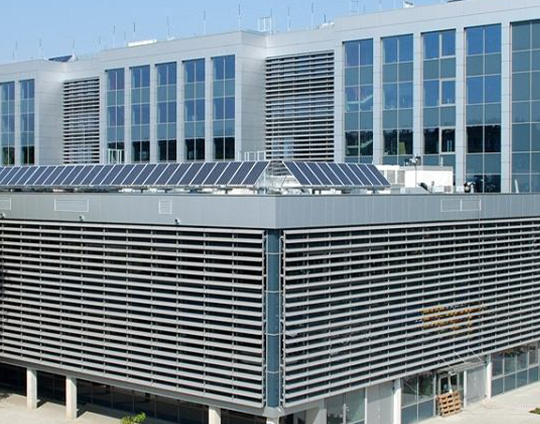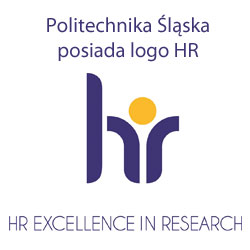Start - Aktualnosci

Autor: Paweł Skóra Publikacja: 02.04.2025 Aktualizacja: 02.04.2025
“Atmospheric pressure plasma deposition for a sustainable production”
DI DDr. Jürgen M. Lackner (Hirsch Index 33, 278 scientific + 35 technical publications, ~3100 citations) is Principal Scientist at JOANNEUM RESEARCH Forschungsgesellschaft m.b.H., Institute for Sensors, Photonics and Manufacturing Technologies, Research Group Laser and Plasma Processing. Since 2001, he is working on low-temperature plasma-based coatings processes for thermal sensitive materials and components. He started his scientific work with a PhD on “Pulsed Laser Deposition” at Montanuniversität Leoben (2003), followed by Habilitation at the Polish Academy of Sciences on “Industrially-scaled Pulsed Laser Deposition and a specification on Biomaterials” (2006). After R&D on smart, biomimetic gradient and multi-layered coating architectures, enabling a transfer of the low-temperature laser deposition to magnetron sputtering of high industrial relevance (leading to several product transfers), starting in 2014 his scientific work shifted to APPD of highly functional materials. APPD enables techniques like plasma spray, plasma polymerization, sol gel curing, crystallization, nanomaterial synthesis, etc.. Besides the above described activities on transferring TRL2 science to TRL6 prototypes for APPD coatings on bio-based and biological substrate materials, he is deeply involved in the R&D of biocompatible coatings as well as in improvement of traditional music instruments (Styrian accordion) by additive manufacturing technology. The biocompatibility activities address improved bone healing (e.g., after accidental or cancer-based loss of bone in the maxillofacial (“jaw”) or extremity regions (“fingers”) as well as optimized hemocompatibility for artificial heart prosthesis (“artificial heart”). Since 2006, he defined and lead more than 40 national and international projects with global collaborations with a total budget of >60 Mio EUR.
Seminar: Atmospheric pressure plasma deposition for a sustainable production
Dear Researchers,
It is my pleasure to invite you to our next Seminar,
Priority Research Area POB3: Materials of the Future!
title: Atmospheric pressure plasma deposition for a sustainable production
speaker: Prof. Jürgen M. Lackner
(Hirsch Index 33, 278 scientific + 35 technical publications, ~3100 citations) is Principal Scientist at JOANNEUM RESEARCH Forschungsgesellschaft m.b.H., Institute for Sensors, Photonics and Manufacturing Technologies, Research Group Laser and Plasma Processing)
⏰04.04.2025 at 10 a.m
💻E-meeting!
ID: 933 2600 5142
Code: 885482
Scientific moderator: Prof. Marcin Kaczmarek
We suggest having a good coffee and joining our meeting!
Please find the abstract and details in the attachment!
Kind regards,
Alicja Kazek-Kęsik
“Atmospheric pressure plasma deposition for a sustainable production”
DI DDr. Jürgen M. Lackner (Hirsch Index 33, 278 scientific + 35 technical publications, ~3100 citations) is Principal Scientist at JOANNEUM RESEARCH Forschungsgesellschaft m.b.H., Institute for Sensors, Photonics and Manufacturing Technologies, Research Group Laser and Plasma Processing. Since 2001, he is working on low-temperature plasma-based coatings processes for thermal sensitive materials and components. He started his scientific work with a PhD on “Pulsed Laser Deposition” at Montanuniversität Leoben (2003), followed by Habilitation at the Polish Academy of Sciences on “Industrially-scaled Pulsed Laser Deposition and a specification on Biomaterials” (2006). After R&D on smart, biomimetic gradient and multi-layered coating architectures, enabling a transfer of the low-temperature laser deposition to magnetron sputtering of high industrial relevance (leading to several product transfers), starting in 2014 his scientific work shifted to APPD of highly functional materials. APPD enables techniques like plasma spray, plasma polymerization, sol gel curing, crystallization, nanomaterial synthesis, etc.. Besides the above described activities on transferring TRL2 science to TRL6 prototypes for APPD coatings on bio-based and biological substrate materials, he is deeply involved in the R&D of biocompatible coatings as well as in improvement of traditional music instruments (Styrian accordion) by additive manufacturing technology. The biocompatibility activities address improved bone healing (e.g., after accidental or cancer-based loss of bone in the maxillofacial (“jaw”) or extremity regions (“fingers”) as well as optimized hemocompatibility for artificial heart prosthesis (“artificial heart”). Since 2006, he defined and lead more than 40 national and international projects with global collaborations with a total budget of >60 Mio EUR.
Aktualności
Pokaż wszystkie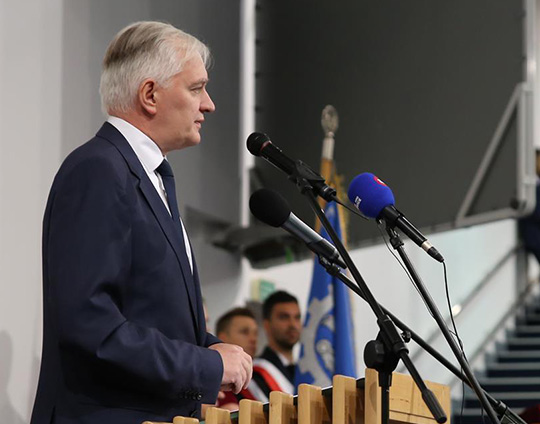
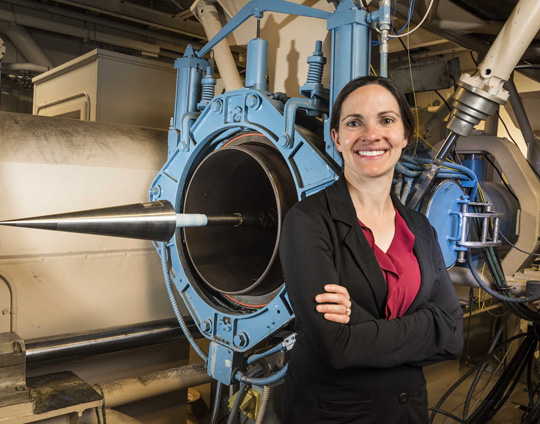
Więcej aktualności Mniej aktualności




